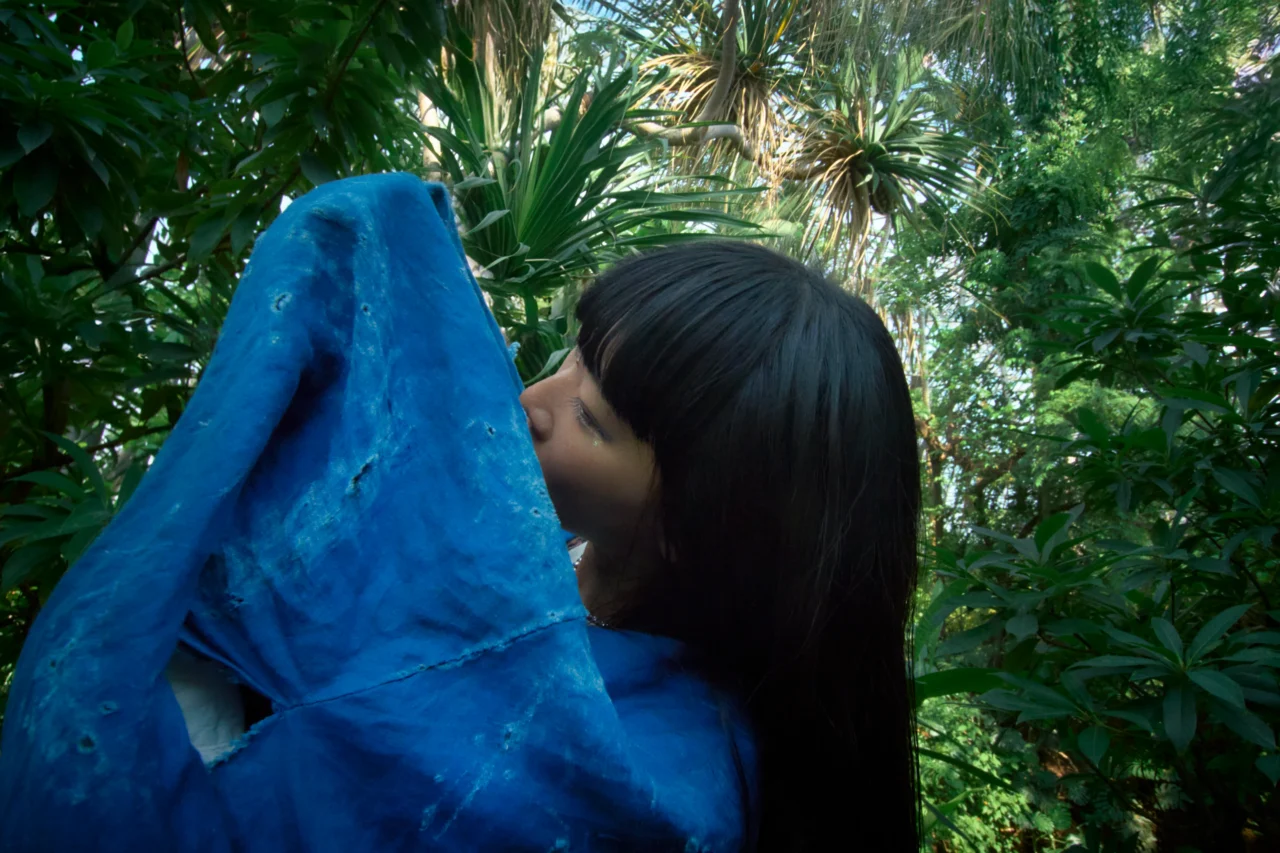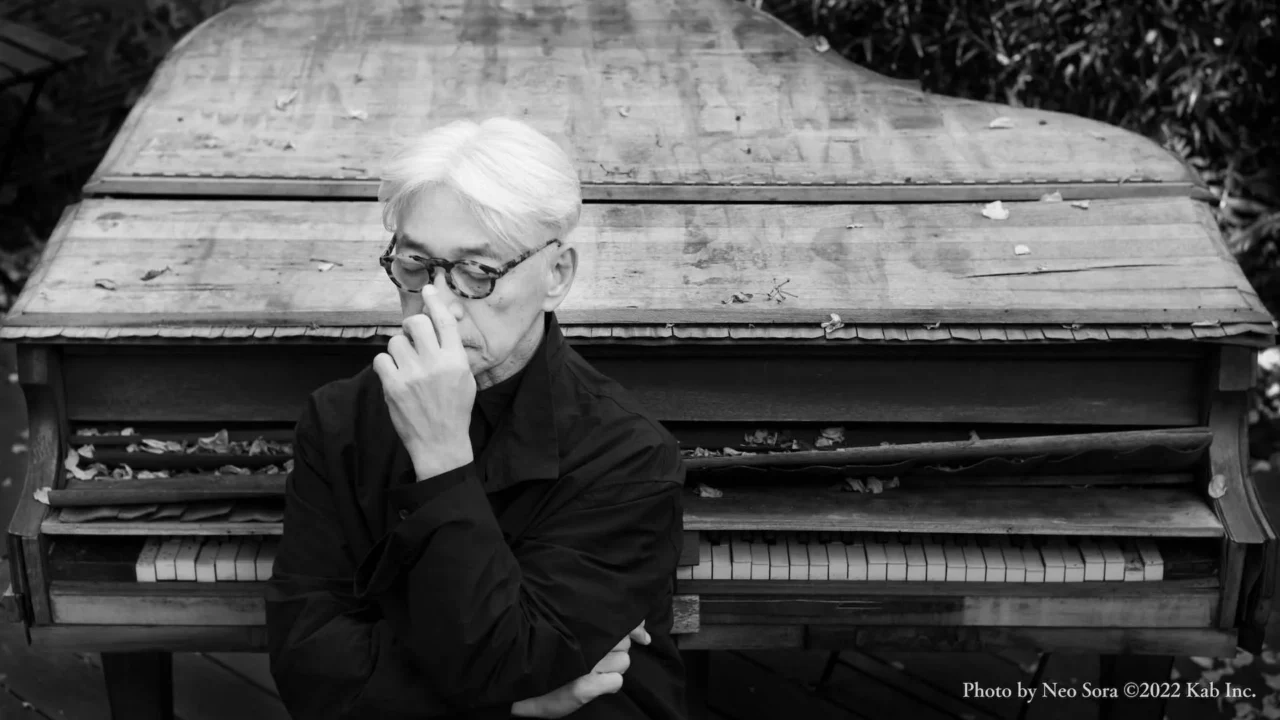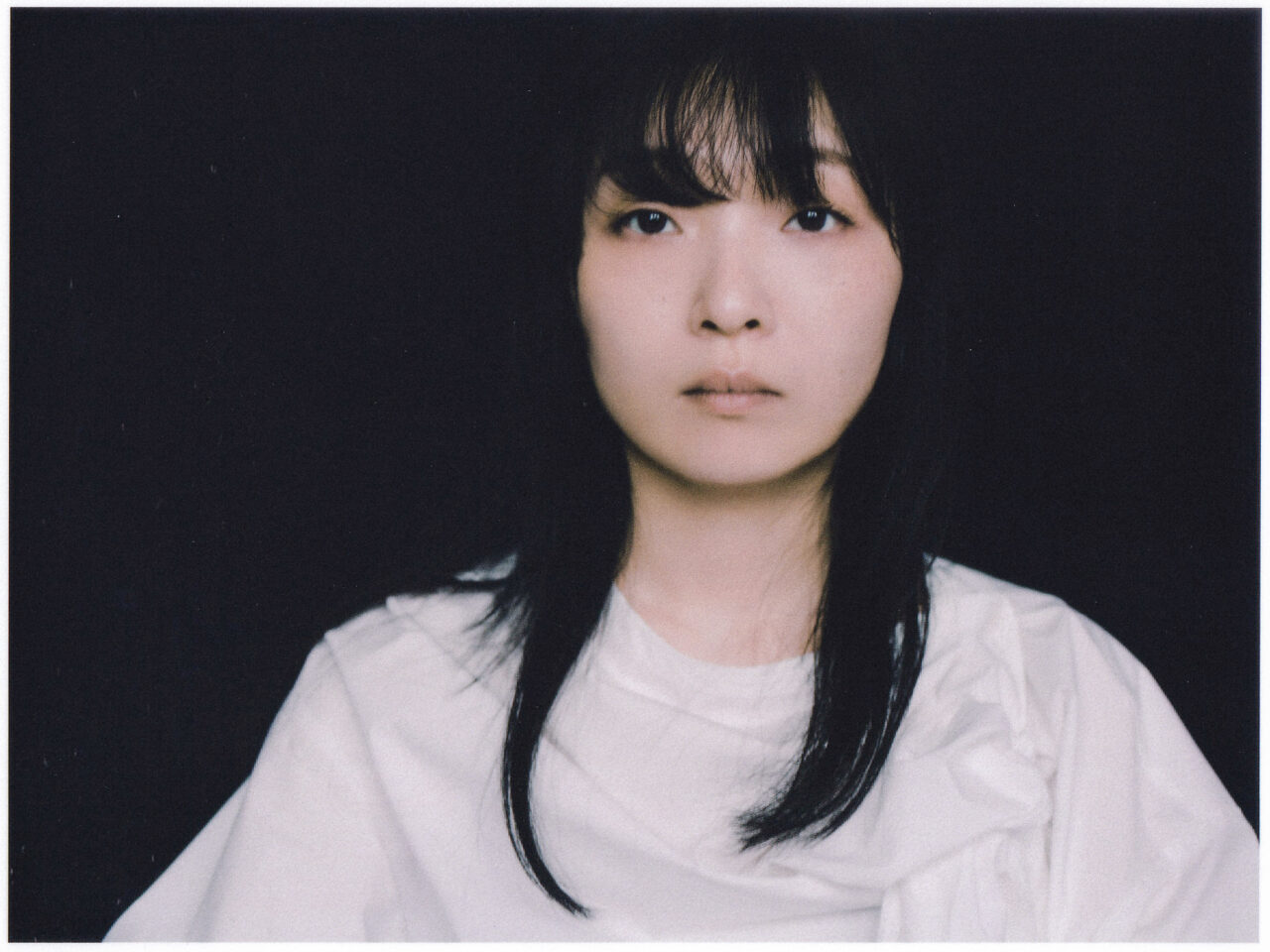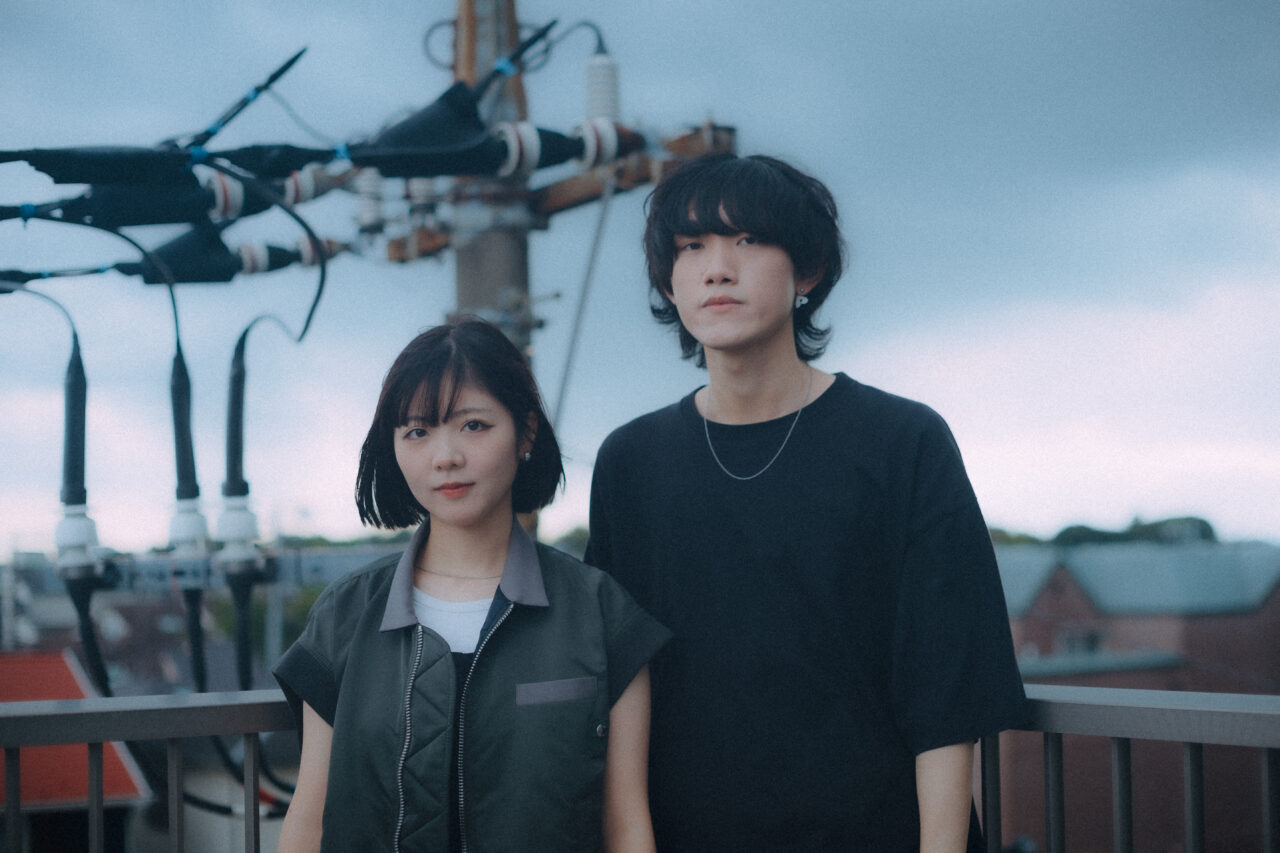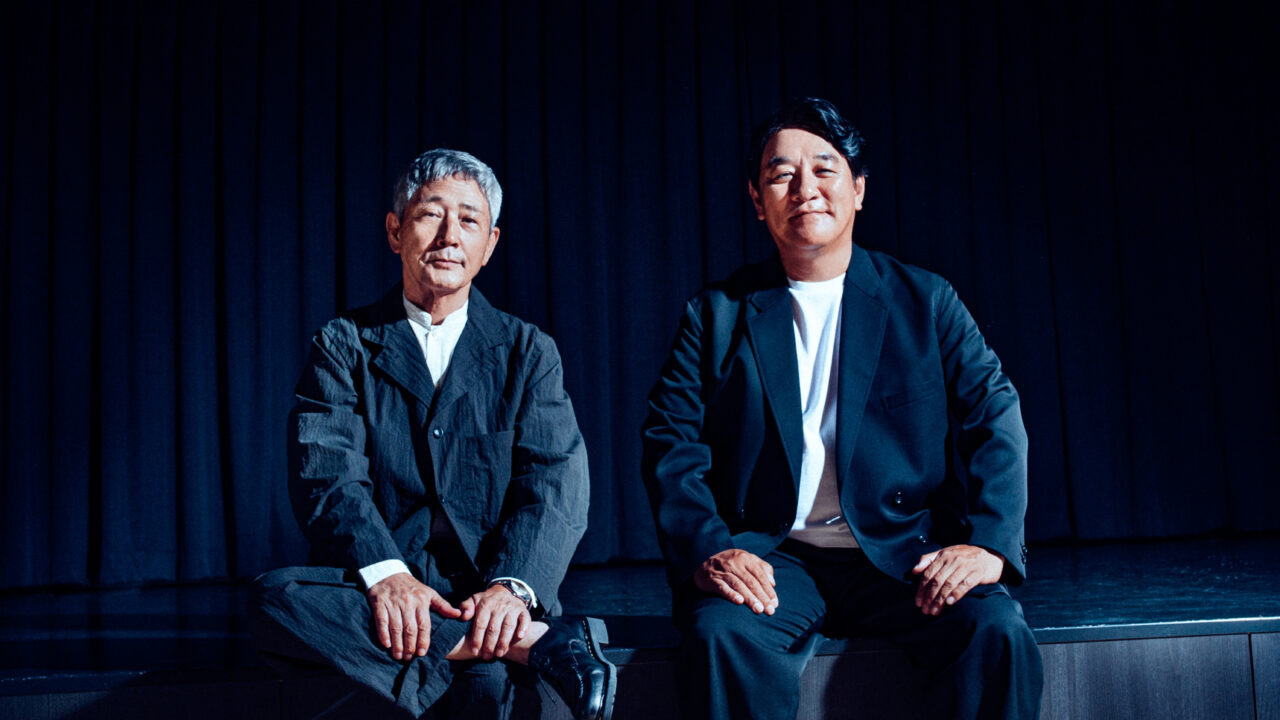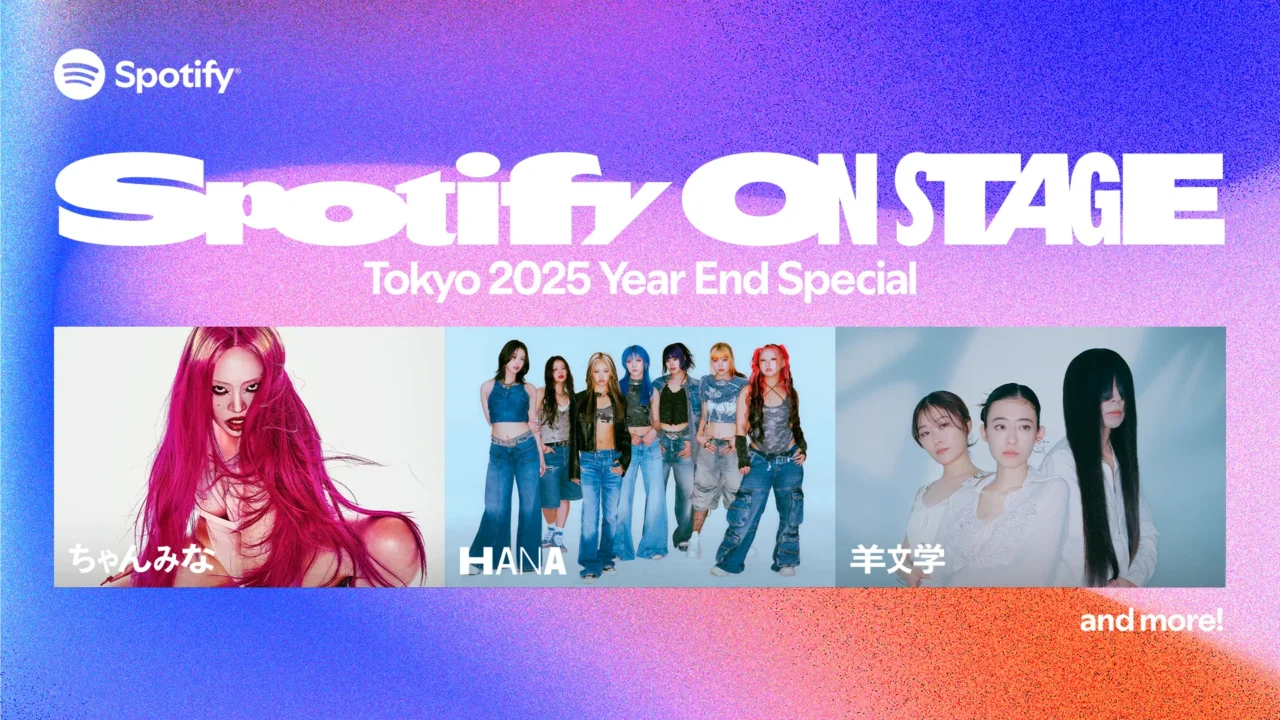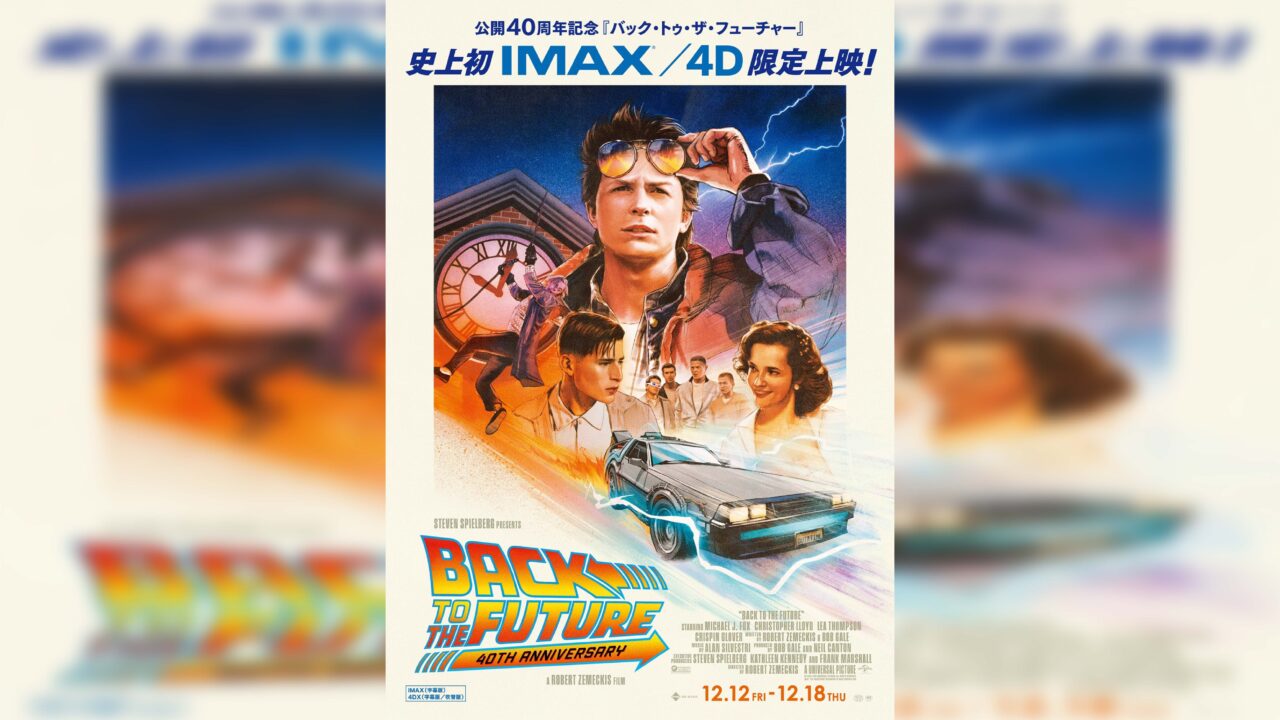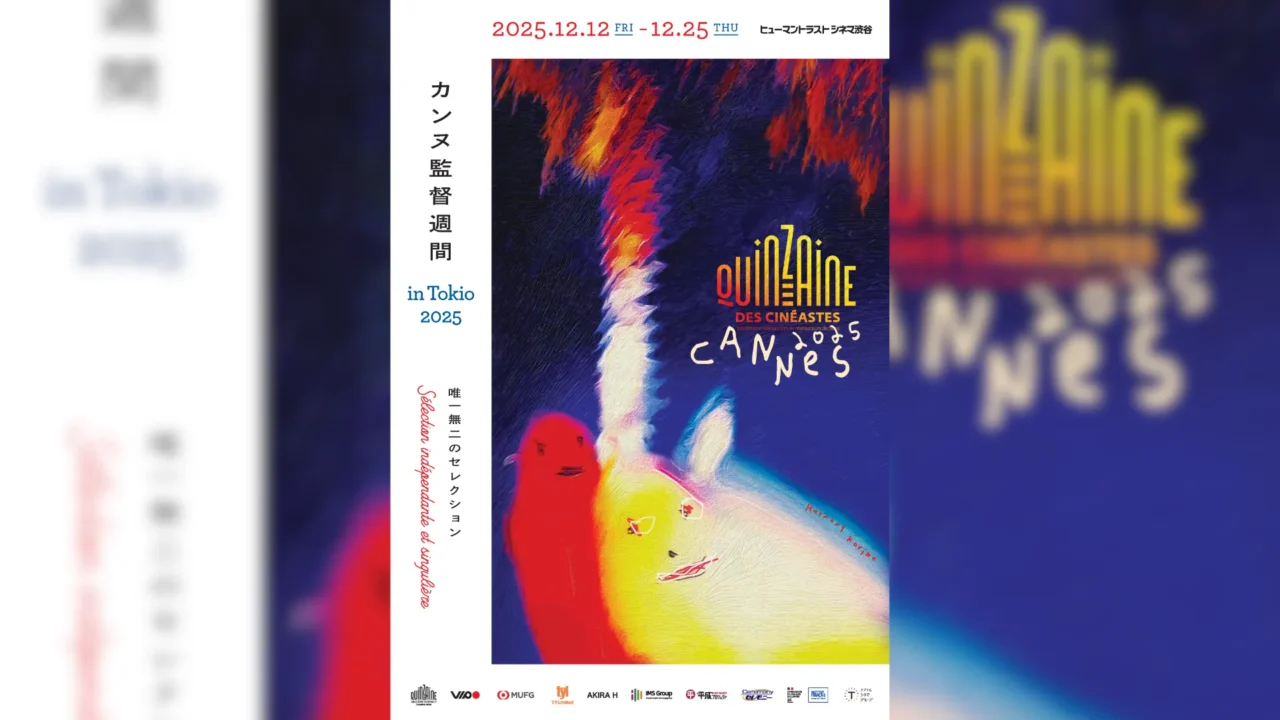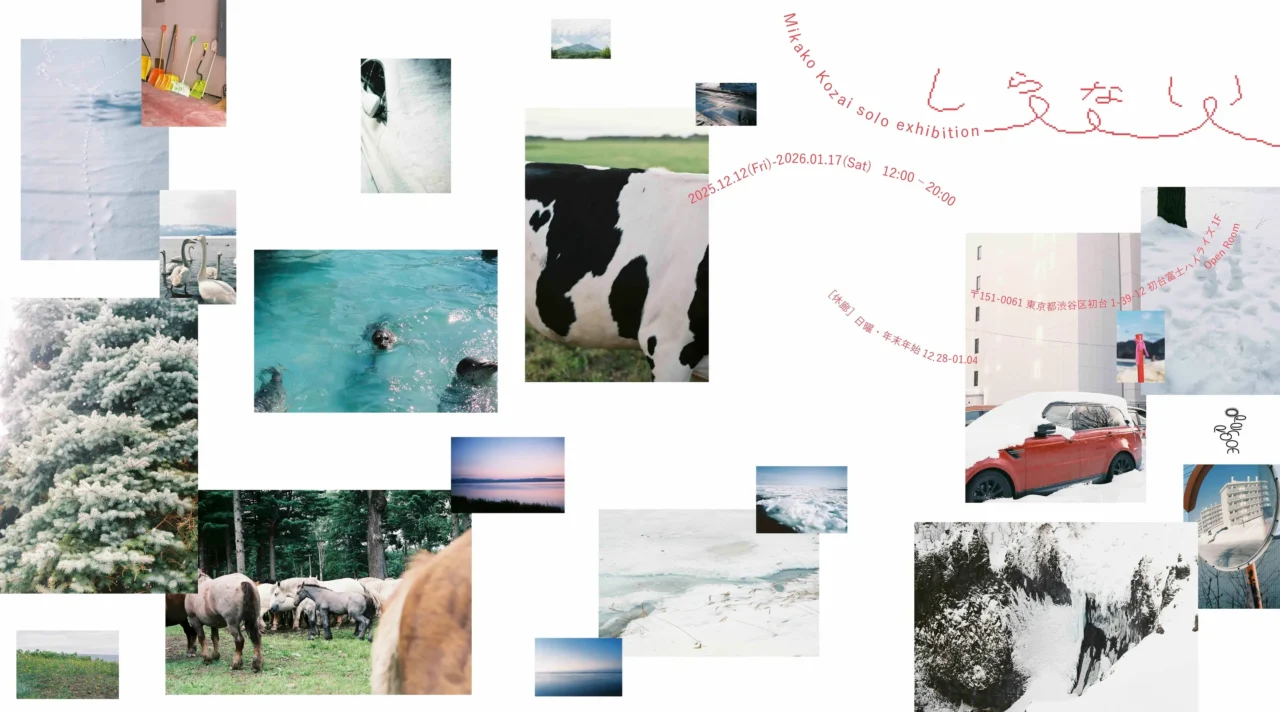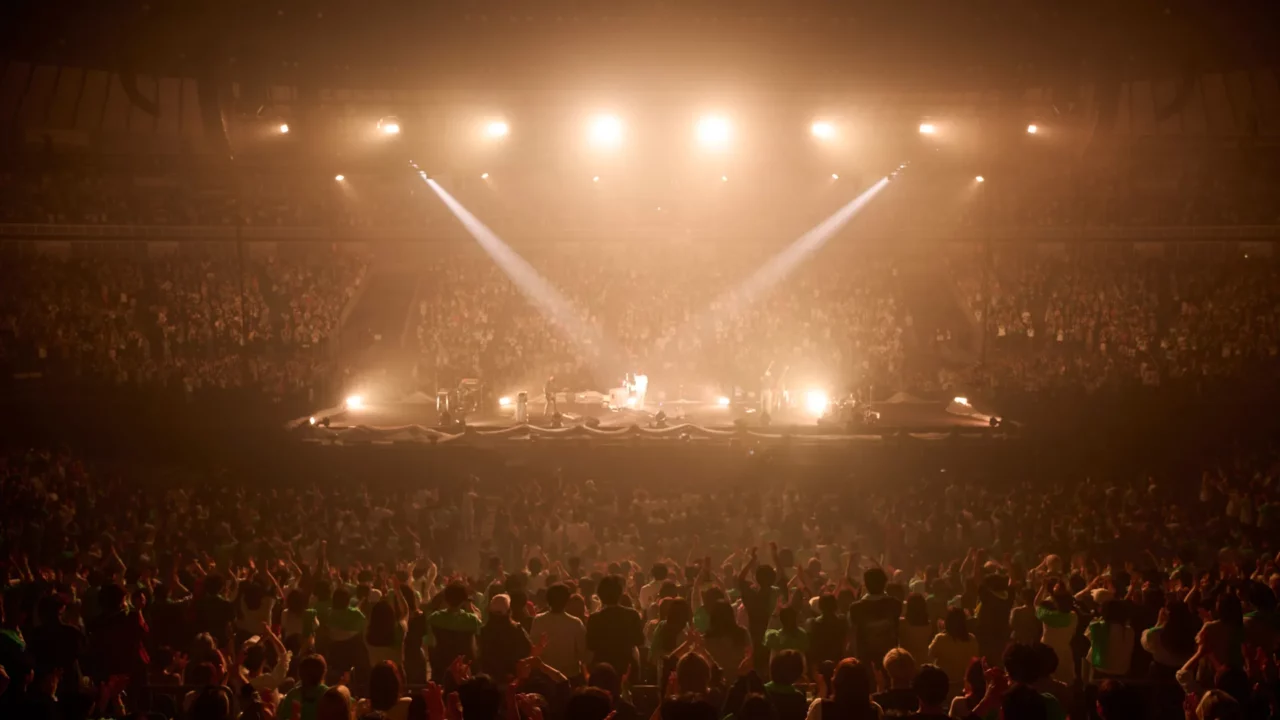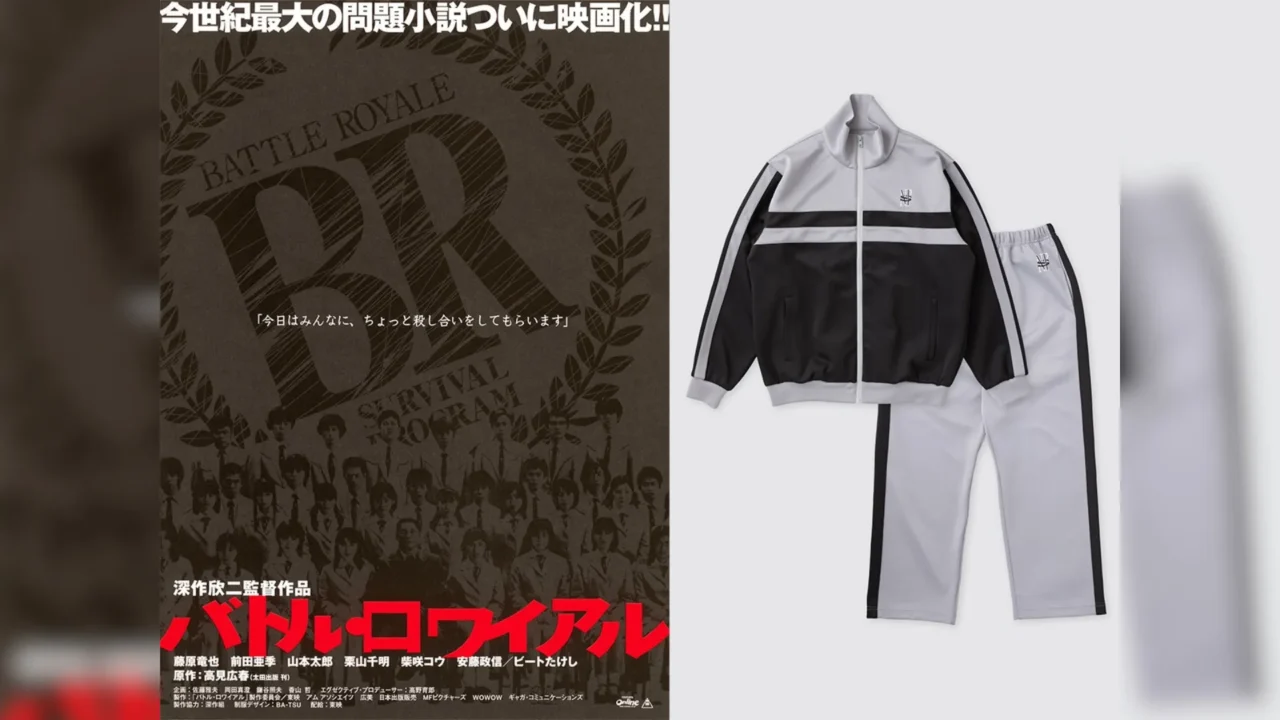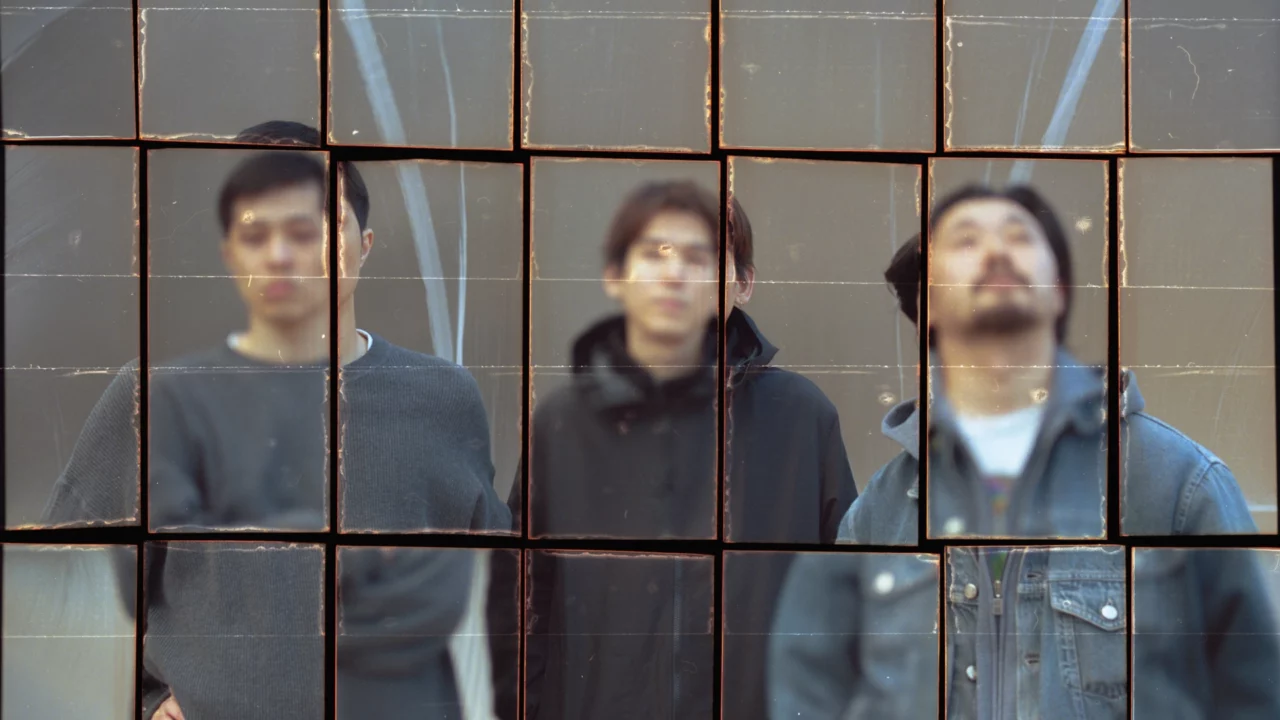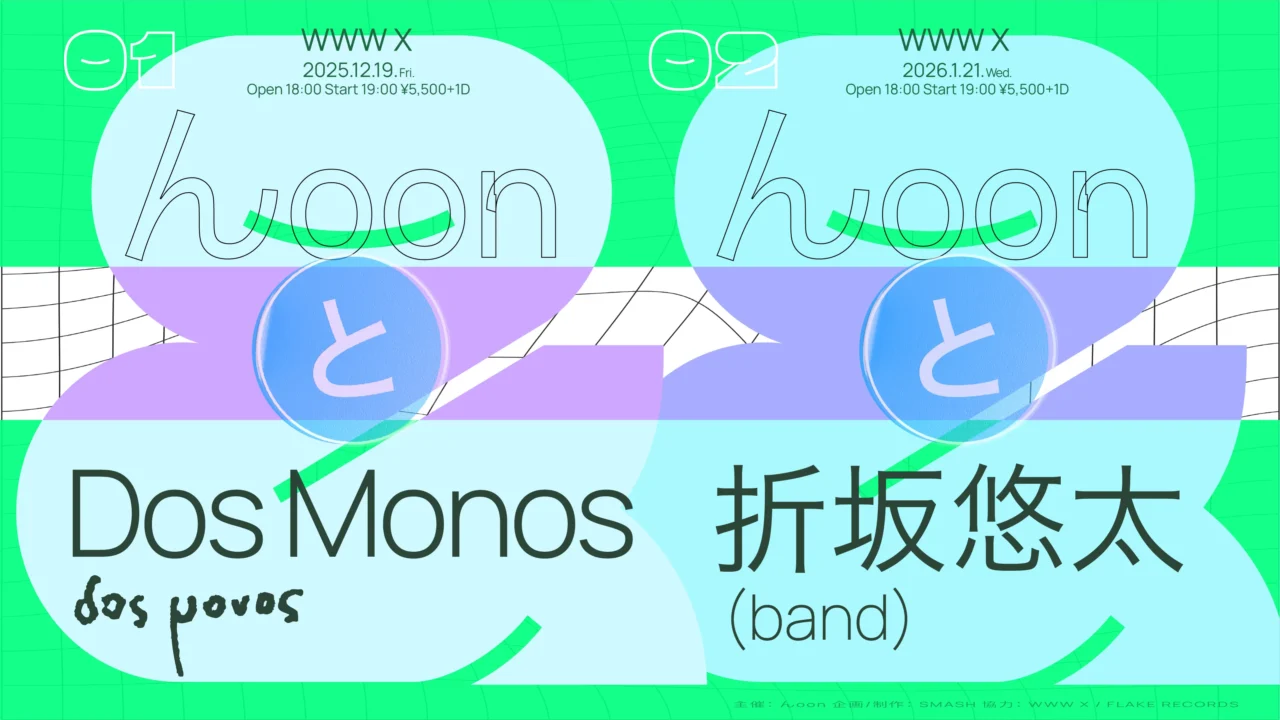INDEX
Enhance Your Experience by Reading the Captions
For a more rewarding experience, I personally recommend taking the time to read the explanatory panels displayed near each artwork. It’s helpful to read them before entering the art space, then engage with the work, and perhaps revisit the panels afterward. Because the works are so pure, it’s crucial to understand “what is being presented and in what context” beforehand. Without this foundation, the pieces may seem unnecessarily complex, which would be a missed opportunity. Is it embarrassing to read the detailed descriptions like a novice? Absolutely not—just like carrying an oxygen tank when diving, reading the explanations is a necessary tool for diving deeper into the experience.

The installation TIME TIME, located in the first-floor exhibition space, greets visitors as a new collaboration between Ryuichi Sakamoto and Shiro Takatani (from Dumb Type). Set to Sakamoto’s music, the installation presents visuals that symbolize themes such as “the relationship between water (nature) and humans” and “the concept of time.” Drawing inspiration from works like Natsume Soseki’s Ten Nights of Dreams, the Noh play Kandō, and Zhuangzi’s The Butterfly Dream, the piece introduces the compression of time, followed by the slow, deliberate passage of a shō (Japanese wind instrument) player across three screens. It’s a striking moment—though the player never seems to stop, she doesn’t appear to move at a constant speed either. As I prepared to capture a shot when she reached the nearest screen, she vanished between the screens, and I found myself waiting for quite some time before she reappeared. Was it that the wait made time feel longer? I suddenly became acutely aware of how time can stretch and shrink depending on one’s personal perception.





